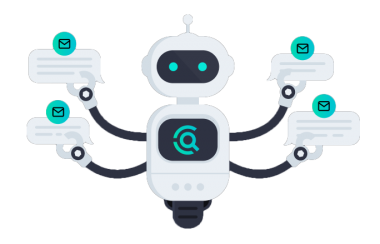
Digital transformation (DX) was accelerated by the need for remote work and collaboration.
International Data Corporation (IDC) announced its Future of Industry Ecosystems predictions for 2022 and beyond. Over the course of the COVID-19 pandemic, a “digital divide” emerged where companies that invested in digital before 2020 progressed more quickly through the stages of disruption to the next phase of growth. Digital transformation (DX) was accelerated by the need for remote work and collaboration with internal and external constituents, and those companies that had previously implemented DX initiatives prior to the pandemic were – and continue to be – able to respond more flexibly.
Another component of digital transformation that accelerated during the pandemic is the evolution of industry ecosystems from a static list of partners that provide supply or support occasionally to a diverse, flexible, and scalable mix of technology vendors, industry organizations, industry consortia, supply chains, service providers, service and expert networks, and the end customer. Examples exist today of companies, both friend and foe, working together in tandem to share data and insights, applications, and operations and expertise, while delivering products, services, and experiences in a blended physical and digital way to the end patient, citizen, customer, or consumer.
“Opening and extending innovation, collaboration, and operation with partners inside and outside any given industry have become a critical strategy for executives and their organizations,” said Jeffrey Hojlo, research vice president, Future of Industry Ecosystems at IDC. “The world and each industry business landscape are too complex, dynamic, and disruptive for any one organization to address on its own. As such, every industry needs an external source of data, insights, applications, operations, and expertise to complement and grow its business.”
IDC’s 2022 Future of Industry Ecosystems top 10 predictions explore the digital divide between companies that have and have not digitally transformed into a unified industry ecosystem by incorporating a network of ecosystem partners, industry organizations, and consortia:
- Prediction 1: By 2022, organizations that share data, applications, and operations with their industry ecosystem will realize a revenue increase three percentage points higher than nonparticipants.
- Prediction 2: By 2024, 80% of industry ecosystem orchestrators will mandate a uniform environmental, social, and governance (ESG) policy for industry ecosystem participants through a governance platform and applications for initial and ongoing verification.
- Prediction 3: By 2023, 60% of industry ecosystems will establish open innovation hubs for cross-industry collaboration, shared application development, personalized customer engagement, and 5% year-over-year participant growth.
- Prediction 4: By 2025, 80% of industry ecosystem participants will leverage their own product, asset, and process digital twins to share data and insight with other participants.
- Prediction 5: By 2026, 25% of the new application portfolio of global and local public, private, and nonprofit organizations will consist of consortia-developed applications within their industry ecosystem.
- Prediction 6: By 2025, blockchain will find its killer application with industry ecosystems, as 80% of Global 2000 organizations use distributed ledgers in their ecosystem initiatives to establish and assure trust.
- Prediction 7: By 2022, 50% of the Fortune 500 will manage the value of shared ecosystem data via KPIs of improved operational productivity, ongoing customer engagement, and skills enhancement.
- Prediction 8: By 2023, 25% of industry organizations will utilize venture capital subsidiaries and funding from industry partners to accelerate ecosystem scale, finance green initiatives, and spark innovation.
- Prediction 9: By 2024, 50% of federal governments will take an active role in industry ecosystem development, scale, and support through legislation, financing, security, and digital and physical infrastructure.
- Prediction 10: By 2026, on average, 30% of Global 2000 company revenue will derive from industry ecosystem shared data, applications, and operations initiatives with partners, industry entities, and business networks.




